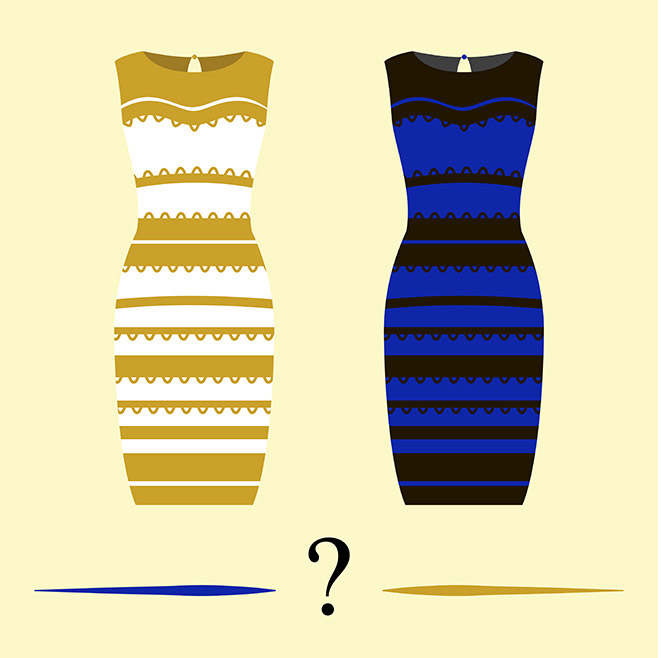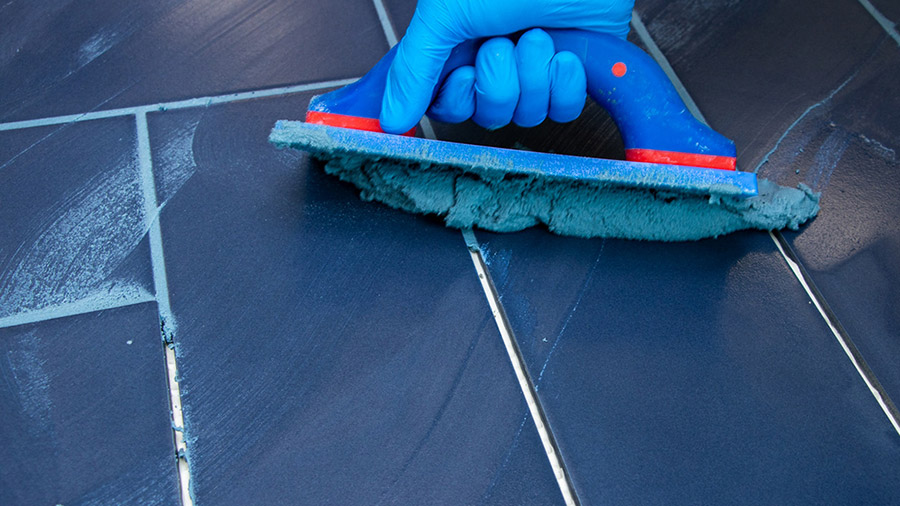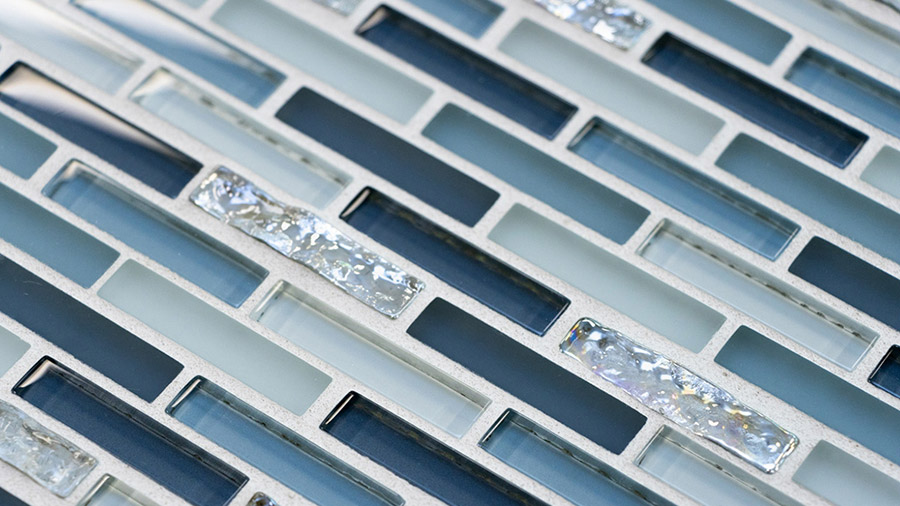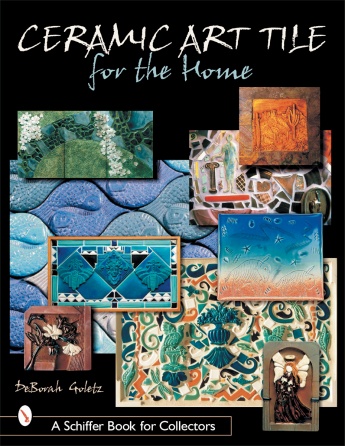The Art and Science of Choosing Grout Colors for Tile Installations

One vital design element that is often overlooked is grout – the unassuming material that fills the joints between tiles, completing the overall design and installation as well as providing structural integrity, durability and protection.
Photo: Shutterstock.
In the ever-evolving world of construction, home improvement and interior design, the nuances of color play a pivotal role in shaping environments. From paint and tiles on walls to fabrics on furniture and drapery to the color of flooring, every finish contributes to the overall aesthetic appeal. Yet, amidst these finishes and color palettes, one vital design element that is often overlooked is grout – the unassuming material that fills the joints between tiles, completing the overall design and installation as well as providing structural integrity, durability and protection.

Photo: Shutterstock.
When you are planning a tile project and choosing grout color, it’s important to remember that different factors affect the final color including how our brains see and interpret that color. Just as with the infamous blue and black or white and gold dress that sparked viral debates in 2015, the color of grout can appear different to different individuals under varying conditions. Understanding the factors behind perception of color is important for achieving the desired outcome in tile and stone installations.
The Science of Color Perception
At the heart of the matter lies the intricate way humans perceive color. Our brains interpret colors based on wavelengths of light emitted or reflected by objects. The angle, type and quality of light all play integral roles in how grout is perceived by the human eye. What may appear as a consistent color during the day could exhibit significant variations under artificial or directional lighting. That’s why grout color will appear different in a bathroom shower compared to glass mosaic tile in an outdoor built-in swimming pool. The angle, whether looking at a tile installation on the wall, the floor, or even submerged, can influence the perceived final color hue. Natural sunlight can highlight true colors, while direct sunlight may wash them out, making them appear lighter or faded. Additionally, indoor artificial lighting with variations in brightness and temperature can also significantly alter color perception – with some artificial lighting emitting more yellow and other lights appearing bluer – making it essential to consider these factors when selecting grout and tile colors for different settings.

Photo: Laticrete.
Factors Influencing Final Grout Color
Applying these principles to tile installations, we encounter a myriad of other factors that can influence the final color of cement grout. One key factor is the varying density and porosity of the tile or stone installers use for the project. Porous materials like marble can draw moisture from the grout, affecting its hydration process and resulting in inconsistent coloration. In contrast, dense materials like granite have different absorption rates, further complicating the final outcome. Distinct colors depending on the tile or stone used. To help combat this problem, a higher performance (ANSI A118.7), calcium aluminate cement-based grout is recommended (e.g., Laticrete Permacolor Select, Permacolor Select NS or Permacolor Grout).

Photo: Laticrete.
The type of substrate on which tiles are installed can also significantly impact the final color of cement grout. A dry, absorbent substrate may leach moisture from the grout, hindering its curing process and leading to lighter-than-expected coloration. For example, when a porcelain tile which has an extremely low absorption rate (<0.5%) is installed over a very dry and highly absorbent substrate, the moisture in the grout is drawn in the substrate which means there is less water for the curing process of the grout. If the grout is not able to “mature” with the proper amount of water, then the color may be lighter than what is expected. Dampening the substrate before grouting can help maintain optimal moisture levels.
In addition to substrate and material factors, other variables such as over-glazed tile edged, self-spacing tile lugs, and the amount of water used in mixing can contribute to color discrepancies. For instance, self-spacing tile lugs can create shadowing effects, while excessive water in mixing can dilute color pigments, resulting in lighter grout.
The conditions of a job can have considerable influence on grout color. Factors like paint overspray, drywall dust, foot traffic and exposure to the elements can all impact the final appearance of grout. Contaminants from the environment may adhere to the grout during the curing process, resulting in discoloration.
The temperature and weather conditions can impact the drying process of grout, leading to variations in color. Installations exposed to direct sunlight may dry at a faster rate, potentially resulting in darker grout coloration. Conversely, shaded areas may exhibit lighter coloration due to slower drying times.
Furthermore, a common problem with grout being uneven in color is the thin-set mortar (often grey in color) not being cleaned out of the joint during the tile or stone installation process. If the mortar is left too high in the joint, then a light or medium colored grout may appear darker in color than it should. The higher the adhesive mortar is left in the joint, the darker the discoloration will appear. That is why it is important to remove excess adhesive mortar from the joint during the installation of tile or stone or while the adhesive mortar is still wet.
Additionally, the use of different batches or dye lots of grout within the same installation can introduce inconsistencies in color. Without proper blending or mixing of the grout powders, transitions between batches may be starkly apparent, detracting from the overall aesthetic cohesion of the project.
When choosing a grout color for your project, there are important scientific and environmental factors that contribute to the outcome. By embracing the complexities of grout coloration, designers, installers and DIYers can navigate these challenges with confidence, ensuring stunning and cohesive tile and stone installations that stand the test of time.
For more information, consult the Laticrete Technical Data Sheet 174 TDS 159 (Laticrete.com) or watch Factors that Affect Grout Color https://youtu.be/DXgVyVzBmxo?si=pcaHfAjgl5V8IOTB
See more features from our May 2024 issue!
Looking for a reprint of this article?
From high-res PDFs to custom plaques, order your copy today!









